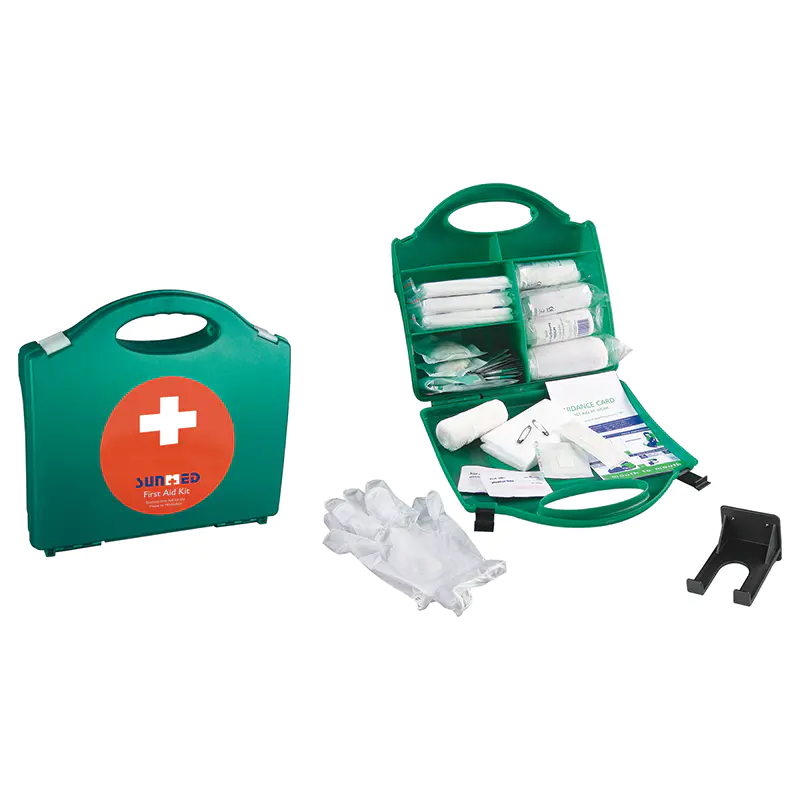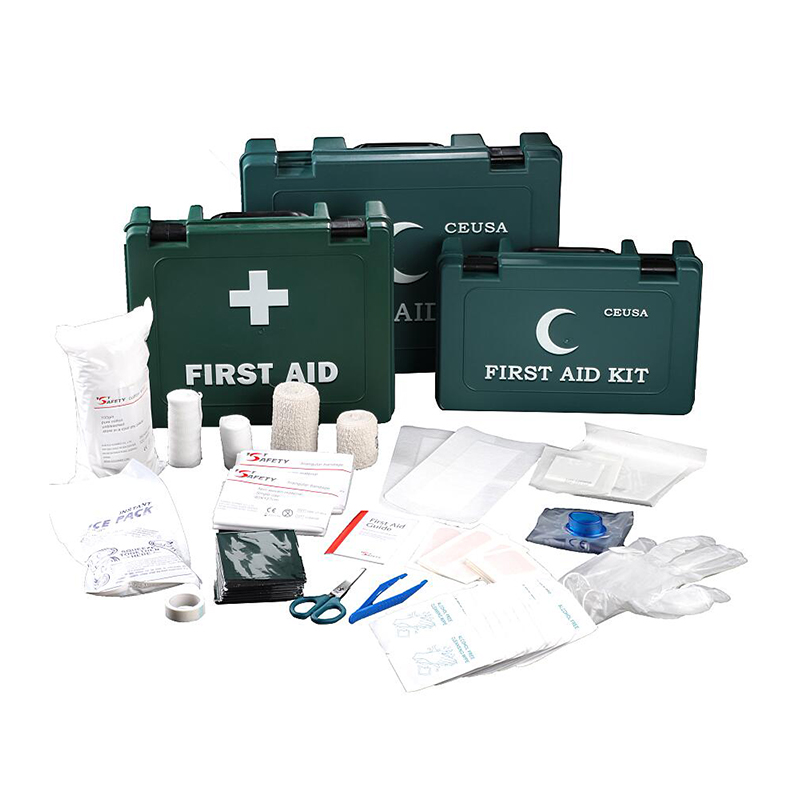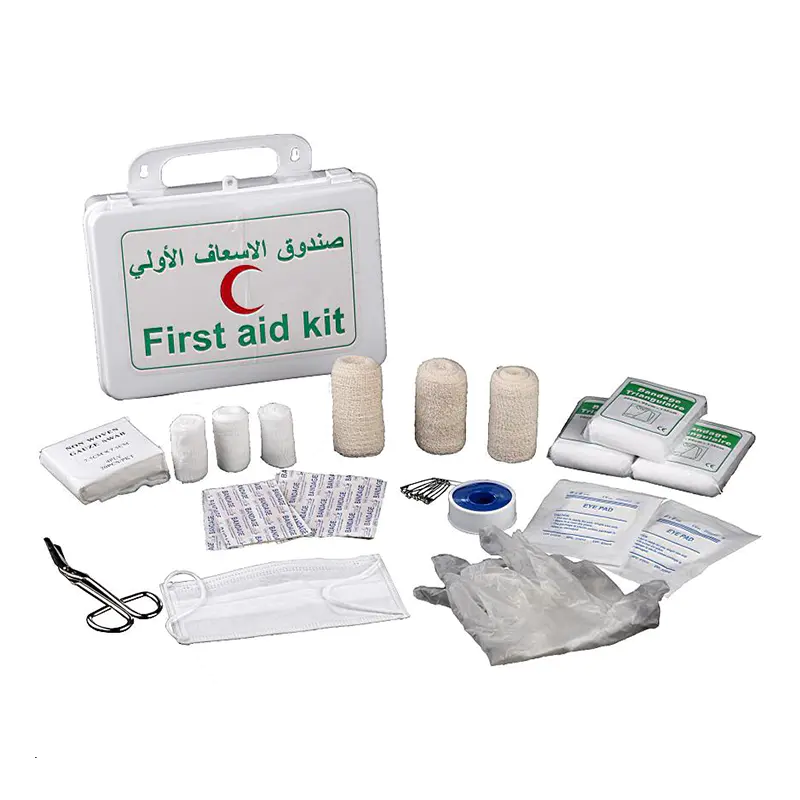First aid kits play a crucial role in emergency preparedness plans for individuals, families, and organizations. Understanding their importance helps prioritize their inclusion in safety protocols for various reasons:
First aid kits contain essential supplies and equipment needed to provide immediate medical assistance in the event of injuries or medical emergencies. Having a well-equipped first aid kit readily available can significantly reduce response time and improve outcomes before professional medical help arrives.
Prompt and effective first aid can help minimize the severity of injuries and prevent complications. By addressing wounds, controlling bleeding, and stabilizing patients, first aid interventions can potentially save lives and reduce the risk of long-term disability.

Including first aid kits in emergency preparedness plans demonstrates a commitment to safety and preparedness within an organization or community. It promotes a culture of safety awareness and encourages individuals to take proactive steps to respond to emergencies effectively.
In many workplaces, educational institutions, and public facilities, regulatory agencies require the presence of first aid kits as part of safety compliance standards. Ensuring the availability of properly stocked and maintained first aid kits helps organizations meet regulatory requirements and avoid penalties.
First aid kits are versatile and can address a wide range of medical emergencies, including cuts, burns, sprains, fractures, allergic reactions, and cardiac incidents. Their inclusion in emergency preparedness plans ensures readiness to respond to various scenarios effectively.
Training individuals in first aid and ensuring the availability of first aid kits empowers them to take action during emergencies. Knowing that they have the necessary resources and skills to provide assistance can boost confidence and reduce panic in stressful situations.

Supports Resilience and Recovery: In the aftermath of natural disasters, accidents, or other emergencies, access to first aid supplies can support resilience and aid in the recovery process. It allows individuals and communities to address injuries and medical needs while awaiting additional assistance and resources.
Investing in first aid kits and training is a cost-effective way to manage risks and mitigate potential liabilities associated with accidents or injuries. The relatively low cost of maintaining first aid supplies is outweighed by the potential benefits of injury prevention and reduced healthcare costs.
First aid kits are indispensable components of emergency preparedness plans, providing immediate assistance, enhancing safety, and supporting resilience in the face of unforeseen events. Prioritizing their inclusion and maintenance is essential for safeguarding the well-being of individuals and communities.


 English
English Español
Español русский
русский Français
Français Deutsch
Deutsch By Admin
By Admin
























